How to get water out of a carpet after a flood – and prevent damp, mold, and mildew from spreading
Ward off water damage and restore your home with these expert tricks
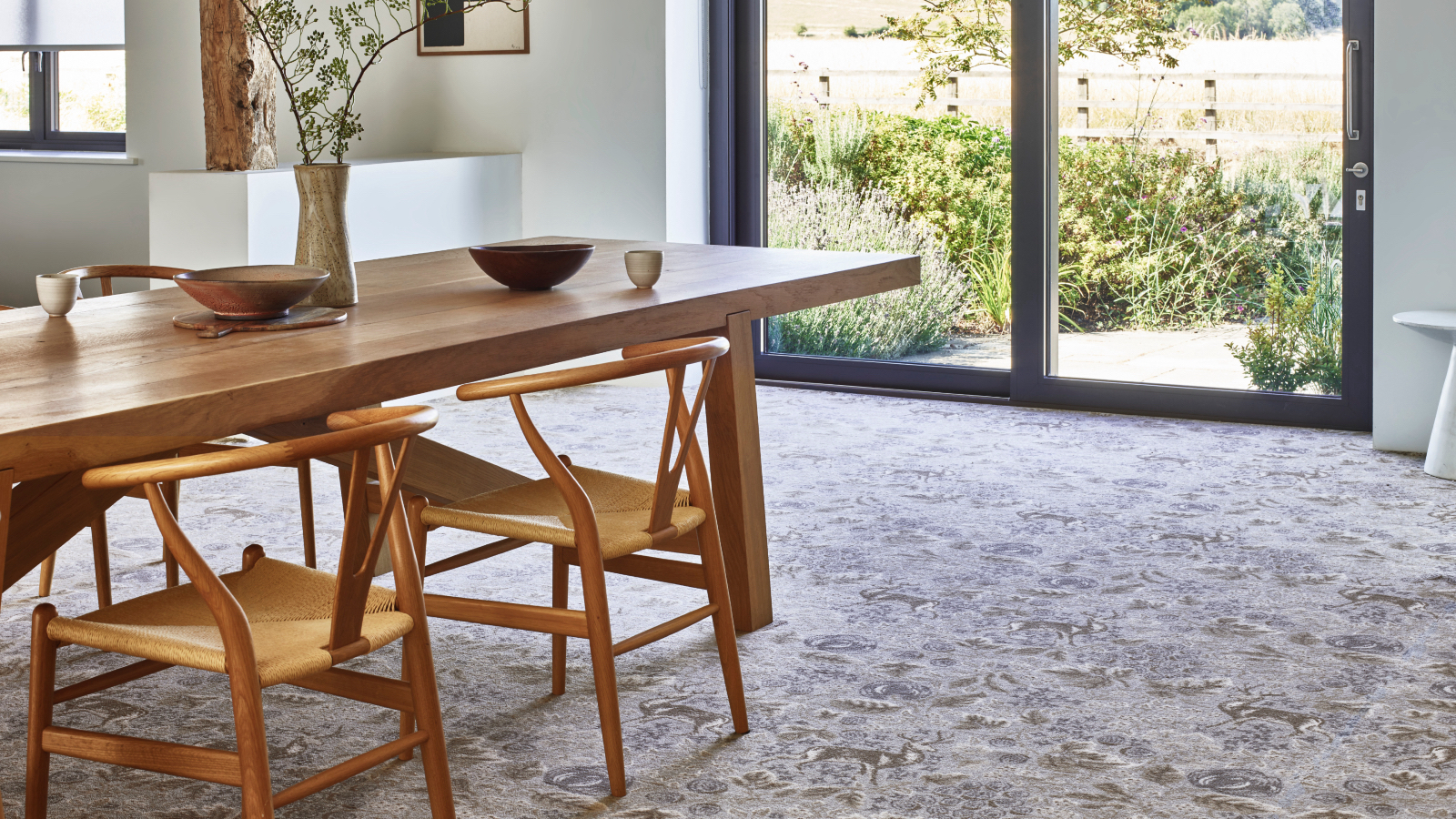

After a flood, either from a burst pipe or storm, your home can be left damp and damaged, with you left in the lurch.
While a disaster like this can leave you stunned and not sure how to move forward, the first step is to always try to dry things out. It's important that if your home is affected, you act fast, especially when it comes to large home fittings such as getting water out of carpet, lest you risk mold and mildew.
We asked professional cleaners and water damage restoration experts for their cleaning tips on how to get water out of a carpet after a flood to help you start your journey to normalcy.
How to get water out of a carpet after a flood
It isn't always possible to spot a leaky pipe before it bursts, or future-proof your home against extreme weather. When prevention is not possible, it is important to act quickly and calmly.
1. Stop the source of the flood

Alicia Sokolowski, co-founder of AspenClean points out that, before removing water from your affected carpet, it's important to check that the cause of the flooding is dealt with – for safety and to ensure your hard work isn't curtailed. If this is extreme weather, you might not have much choice besides staying safe and waiting for it to pass. You can also use temporary basement flooding prevention measures for your ground and lower-ground floors. Flood barriers, such as the bestselling Quick Dam QD65-2 5' Barrier Water Flood Dam Bags are available at Amazon. Alternatively, utilize sandbags or barriers, seal air vents, and clear gutters.
In the event of a burst pipe, however, start by turning off the water at the mains.
To protect your home from flooding in the future, our expert-led guide details 15 top tips.
2. Determine the type of water damage

Flood water is often highly unsanitary, warns Michael Rubino, mold and air quality expert, environmental wellness advocate, and founder of HomeCleanse. Dealing with impacted carpets should be done following the IICRC S500 standards.
'First, you need to determine the type of water damage,' says Rubino. 'The IICRC Standard for Professional Water Damage Restoration (IICRC S500) divides water damage into three categories.'
Category one water damage details harm done by sanitary "clean water," from a sanitary water source that does not pose a substantial risk to health. 'Examples include broken water supply lines, tub overflows, and falling rainwater,' explains Rubino.
Category two is damage cause by significantly contaminated "grey water," and classified as a type of water source that has the potential to cause discomfort or sickness if contacted or consumed, such as a washing machine or dishwasher flood, or an overflowing toilet bowl, which is a plumbing disaster to avoid.
The most serious water damage will be caused by category three, defined as grossly contaminated "black water," which may contain pathogenic, toxigenic or other harmful agents, such as from sewage backup, rising water from rivers and flooding from seawater. If you determine that your home and carpet is affected by category three water, it's important to remove it from your home immediately. Either do it yourself, with a protective mask, goggles, and gloves on, or contact a professional.
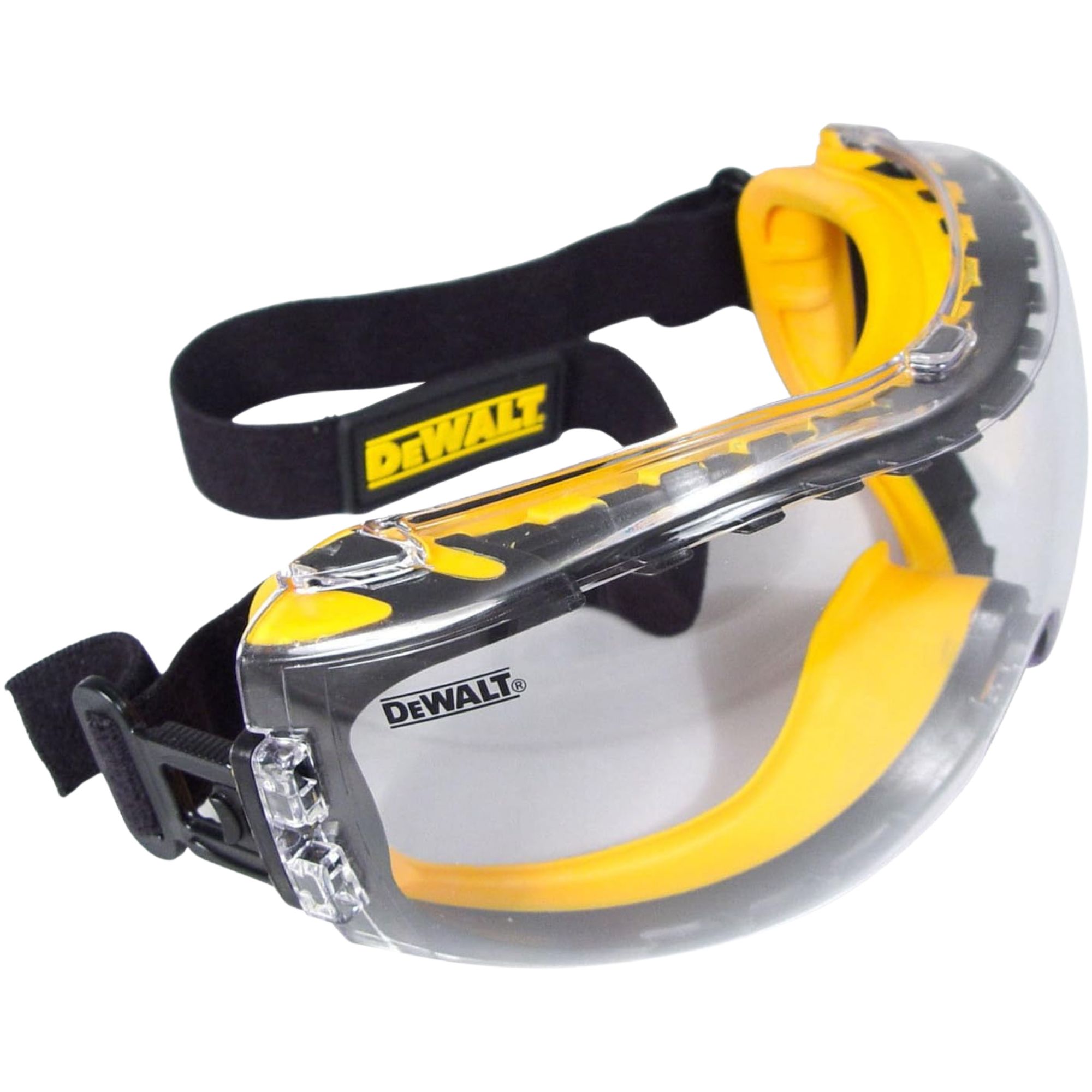
These safety goggles conform to the face to provide a tough protection against mold spores, dirt and debris. The adjustable, elasticated cloth strap provides a comfortable and adjustable fit.

These masks are designed to conform to the human face to offer maximum protection. They feature two layers of non-woven cloth, two layers of melt-blown plastic and one layer of hot air cotton.

These gloves are chemical resistant and 100% waterproof, with gauntlet cuffs to protect wrists and forearms. The textured PVC coating aids gripping ability, while the ergonomic design does not restrict hand movement.
3. Move furniture

Once you're ready to begin cleaning your carpet, Erin Zanelli, CFO and co-founder of Tranquil Home suggests moving all furniture out of the way. This will make it easier to clean, protect your furniture from further damage, and prevent damp areas from cultivating mold underneath hidden patches of carpet.
If you need to move heavy furniture by yourself, clear a path and disassemble what you can before starting. Slide furniture where possible and take your time, and ask for help from a neighbor if necessary.
4. Use a wet/dry vacuum
Next you can use a wet/dry vacuum to clean your carpet.
'To extract the excess water, you can use a wet/dry vacuum and vacuum as much water as possible from the carpet,' says cleaning expert Sokolowski. Repeat as necessary until the vacuum no longer sucks up water. If you don't have one in an emergency, these can be rented, or borrowed.
If you're looking to upgrade to a wet/dry vacuum, they can be used to clean up liquid from spills to floods, as well as for multi-use cleaning, your outdoor space, and for pet hair and mess.

We recommend the Shark Messmaster Portable Wet Dry Vacuum for its compact design and effectiveness on both wet and dry messes.
All prices correct at the time of publication.
5. Use a dehumidifier

As you need to dry your carpet as quickly as possible, dehumidifiers can be used to speed up the process effectively.
'Set up air scrubbers to accelerate drying,' says mold and air quality expert Rubino. 'Once these are installed, install dehumidifiers inside the contained area to further dry the area while ensuring that you're not blowing particles all over the place.'
Rubino recommends the Dri-Eaz HEPA 700 Air Scrubber available at Amazon, but, as this is very expensive, it may be better to hire a professional to use a commercial one for the day – unless you live in an area that is commonly prone to flooding.
For a dehumidifier, we recommend the number one bestselling KeepGlad Dehumidifier available at Amazon, which is portable, easy to use, and features a drain hose to continuously drain the tank without the need for regular emptying and cleaning.
Dehumidifiers are one of the most effective ways to help with mold, important when getting water out of a carpet, provided you avoid any common dehumidifier mistakes such as facing it the wrong way and forgetting to clean the filter.
'The best solution is to dehumidify and use fans to dry,' advises Darren Impson, president of Paul Davis Restoration of Tampa, an emergency damage repair service.
You can also open all windows in the affected area to air out damp smells.
6. Dry beneath the carpet
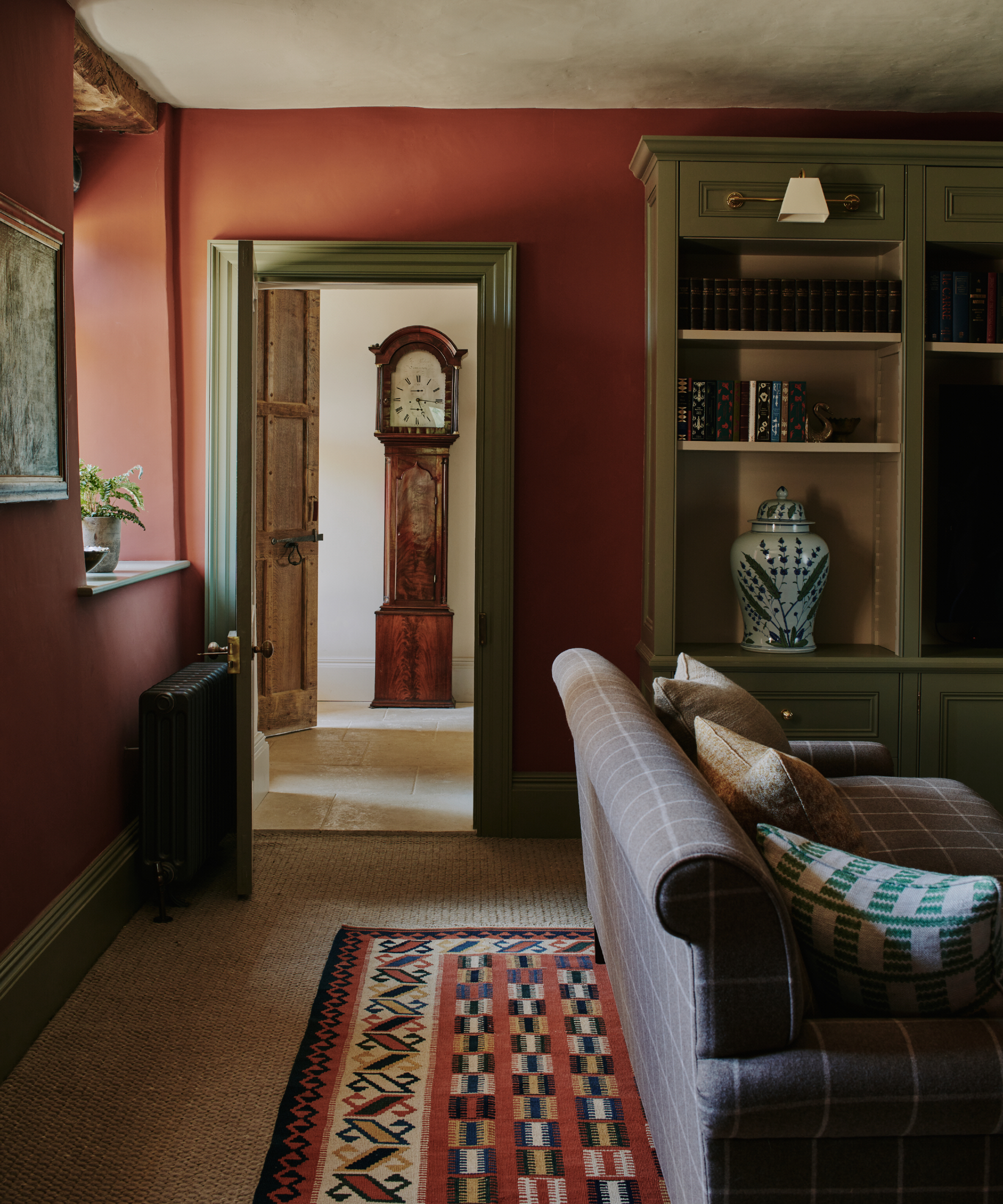
After using a wet/dry vacuum, use microfiber cloths or towels, such as the HOMEXCEL Microfiber Cleaning Cloths available at Amazon.
'You may also need to lift the carpet and dry the padding underneath,' says cleaning expert Sokolowski.
This will prevent harmful mold from harboring on the underside of your carpet, and get any remaining water out. 'Pull up the edges to allow airflow underneath,' advises cleaning expert Zanelli. Then, leave to air-dry completely.
Mold and air quality expert Rubino suggests monitoring moisture levels while waiting for the area to dry, by using a moisture meter to ensure the subfloor is drying properly. 'A hydrometer will also help ensure that the indoor humidity levels remain between 35% and 50%,' he says. 'High indoor humidity can allow microbial growth to develop and will slow down the drying process.'
7. Disinfect

As flood water and mold spores can be harmful, once your affected carpet is completely dry, experts recommend disinfecting and sanitizing. You can clean a carpet either with a steam cleaner or without a machine.
'It's essential to clean and sanitize the carpet to prevent mold after a flood, and other bacteria growth,' says cleaning expert Sokolowski. 'You can do so using a natural solution to clean of white vinegar and water. This combination makes a great natural disinfectant.'
To do so, mix equal parts water and vinegar (such as the Great Value Distilled White Vinegar available at Walmart) and spray the solution over the carpet. We recommend using the Great Value All Purpose Plastic Spray Bottle available at Walmart to do so. Depending on the size of your carpet, repeat as necessary.
'After cleaning, it's also important to deodorize the affected areas,' adds Sokolowski. 'Sprinkle baking soda (such as the ARM & HAMMER Pure Baking Soda available at Walmart) across the carpet and let it sit of a couple of hours, before vacuuming thoroughly. The baking soda will not only help to absorb any lingering odors but also absorb any excess moisture left on your carpet.'
If your carpet was affected by flood water following a natural disaster, mold and air quality expert Rubino warns that an EPA-registered disinfectant must be used, using a microfiber towel. 'One option is Benefact Botanical Decon 30 Disinfectant Cleaner available at Amazon,' he says, which kills 99.9% of bacteria and germs without harsh or synthetic chemicals.
'Microbial growth can develop within 24-48 hours and won’t just impact the carpet – it can go down into the padding and subflooring, requiring intensive remediation,' adds Rubino. 'This is much more expensive than simply replacing the impacted materials. That is why time is of the essence when it comes to drying out flooded carpeting.'
8. Check for lasting damage
Once you have got the water out of your carpet, disinfected, and dried the area, check for any signs of damage which can indicate a bigger problem.
'Don't forget to check for overall damage,' says cleaning expert Sokolowski. 'If the carpet or the padding is still too soaked, and develops a heavy, musty smell, it might need to be replaced.'
This is important to verify that your carpet cleaning was successful and that harmful mold and bacteria aren't still present in your space. 'You can do a DIY test like The Dust Test or have a certified inspector come in and assess the space,' says mold and air quality expert Rubino.
While you can clean mold from a carpet, if the damage is too severe, it is safer and easier to simply replace it.
FAQs
How long does it take for flooded carpet to dry?
Depending on the extent of the damage, a flooded carpet may take three to five days to dry. This will also depend on the material of the carpet, thickness, and other environmental factors such as the temperature and humidity outdoors, particularly if you open your windows to speed up the process.
Even in winter, opening windows can reduce condensation, in turn reducing humidity levels indoors, helping to dry your carpet once the water has been removed.
After a flood, always consider whether you need to call in professionals. 'For minor floods, DIY methods should suffice,' says cleaning expert Zanelli. 'For major flooding or persistent dampness, call in professionals to avoid mold and structural damage.'
For protecting your home against floods in the future, making your yard flood-resilient and utilizing garden drainage ideas can prepare your space for heavy rain, storms, and flooding.
Sign up to the Homes & Gardens newsletter
Design expertise in your inbox – from inspiring decorating ideas and beautiful celebrity homes to practical gardening advice and shopping round-ups.

Ottilie joined Homes & Gardens last year, after finishing a Master's in Magazine Journalism at City, University of London. With previous contributions in Livingetc and Motorsport Magazine, she produces content for the Solved section on the website, focusing on clever tips and tricks to keep your home beautiful, organized and clean. She also has an undergraduate degree in English Literature and History of Art from the University of Edinburgh, where she developed a love for inspiring interiors and architecture.
-
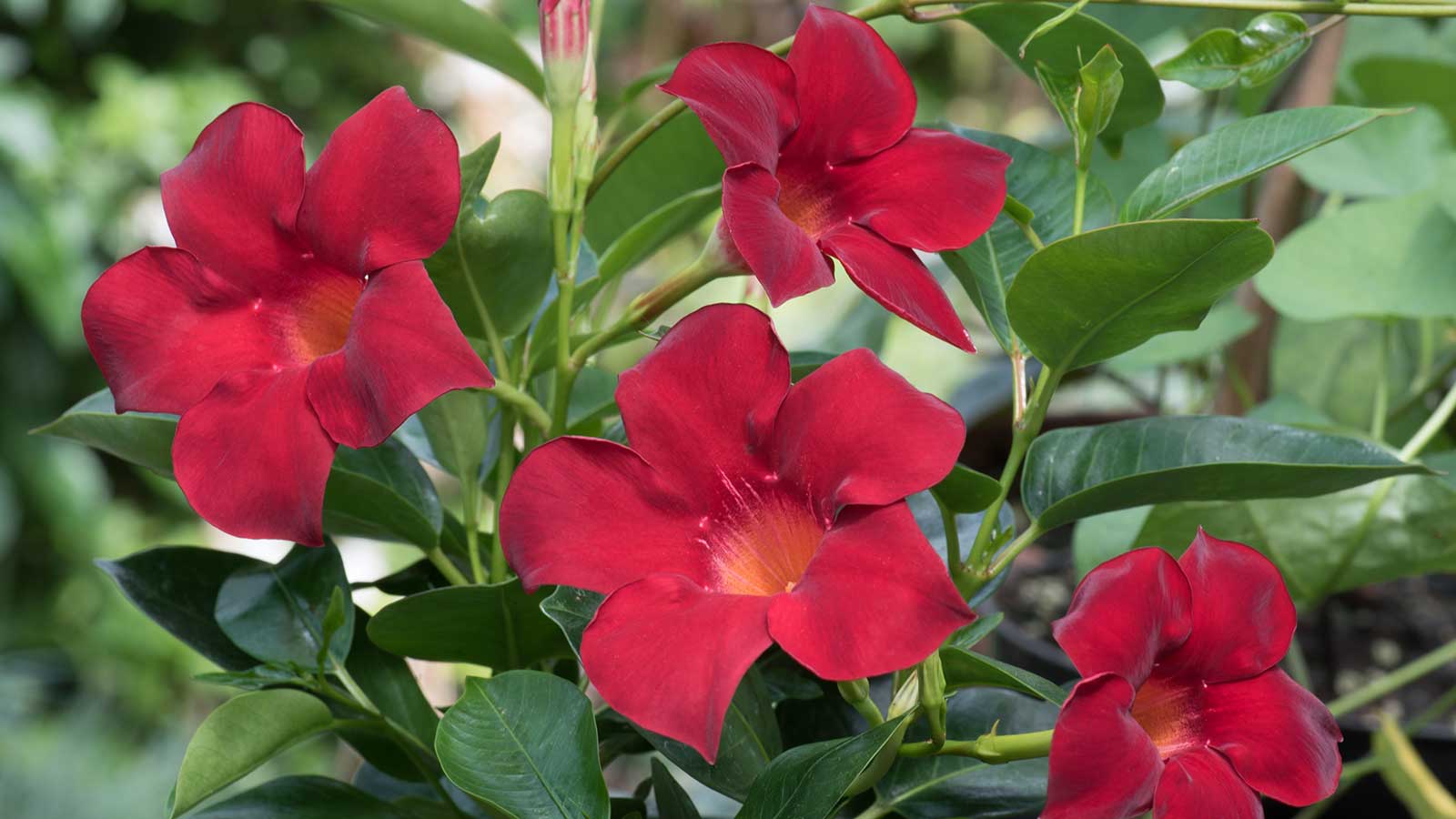 Pot plants that thrive on neglect – 5 easy-going picks for super busy gardeners
Pot plants that thrive on neglect – 5 easy-going picks for super busy gardenersFrom spiky succulents to pollinator-friendly blooms, these expert recommendations need barely any attention to flourish
By Holly Crossley
-
 The 5 most welcoming front door colors for spring – these happy colors promise to invite joy into your home, according to experts
The 5 most welcoming front door colors for spring – these happy colors promise to invite joy into your home, according to expertsMaking a front door look welcoming using clever color choices is a design goal everyone wants to achieve. We spoke to a few of our favorite interiors people to find out their paint color secrets
By Jennifer Ebert
-
 5 things professional cleaners always do to overcome a cleaning roadblock – they're surefire ways to feel 'motivated and clear-headed' experts say
5 things professional cleaners always do to overcome a cleaning roadblock – they're surefire ways to feel 'motivated and clear-headed' experts sayGet your cleaning schedule back on track
By Ottilie Blackhall
-
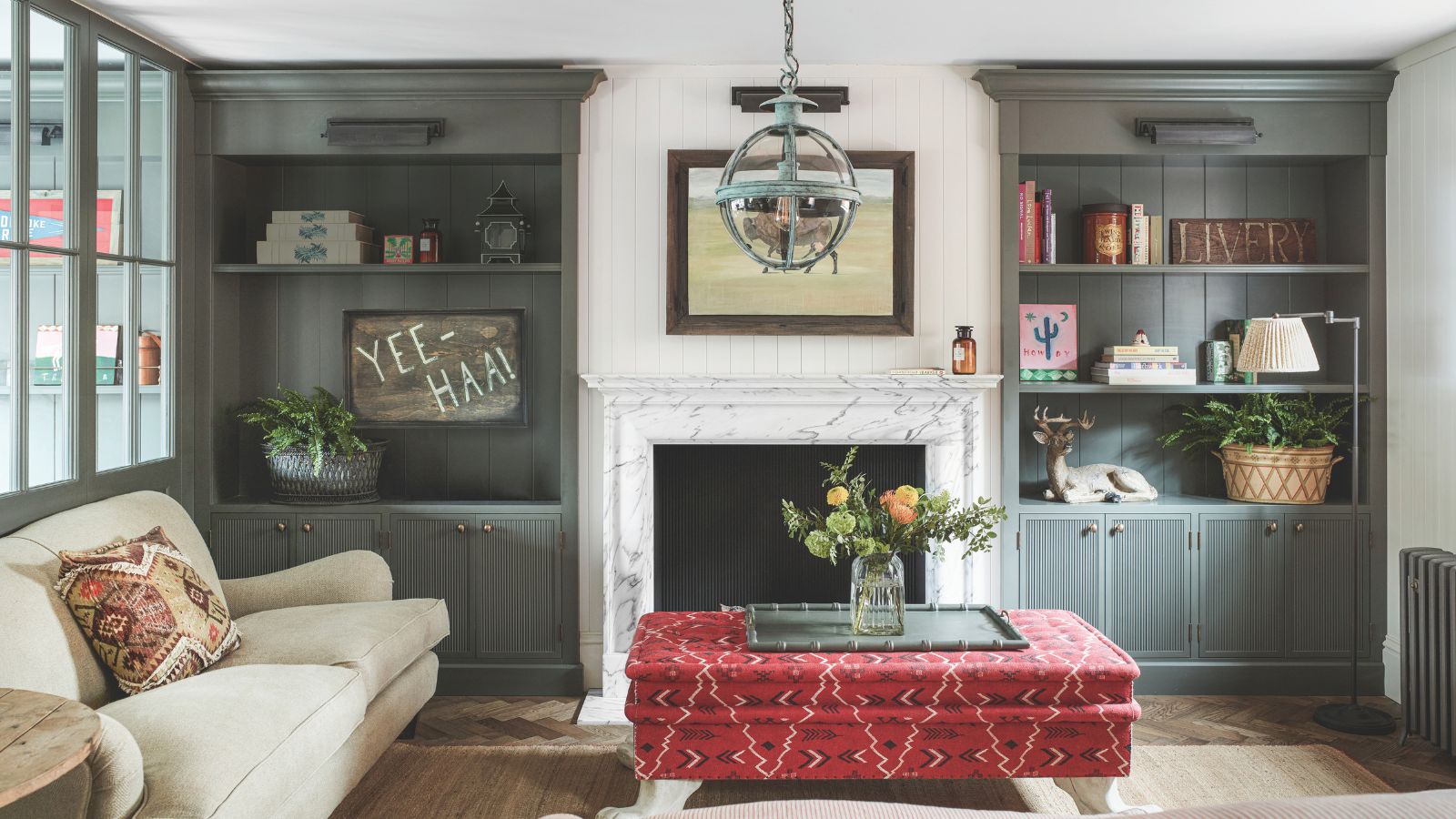 Dyson V15 Detect vs Dyson V12 Detect Slim – which is right for your home?
Dyson V15 Detect vs Dyson V12 Detect Slim – which is right for your home?I've spent more than 200 hours testing vacuum cleaners and these two cordless Dysons are my personal favorites
By Dan Fauzi
-
 I've spent over 200 hours testing vacuums and swear by my two Dysons – this is how I properly clean a Dyson vacuum filter for longer-lasting appliances
I've spent over 200 hours testing vacuums and swear by my two Dysons – this is how I properly clean a Dyson vacuum filter for longer-lasting appliancesYour Dyson vacuum will last much longer and clean at its best
By Dan Fauzi
-
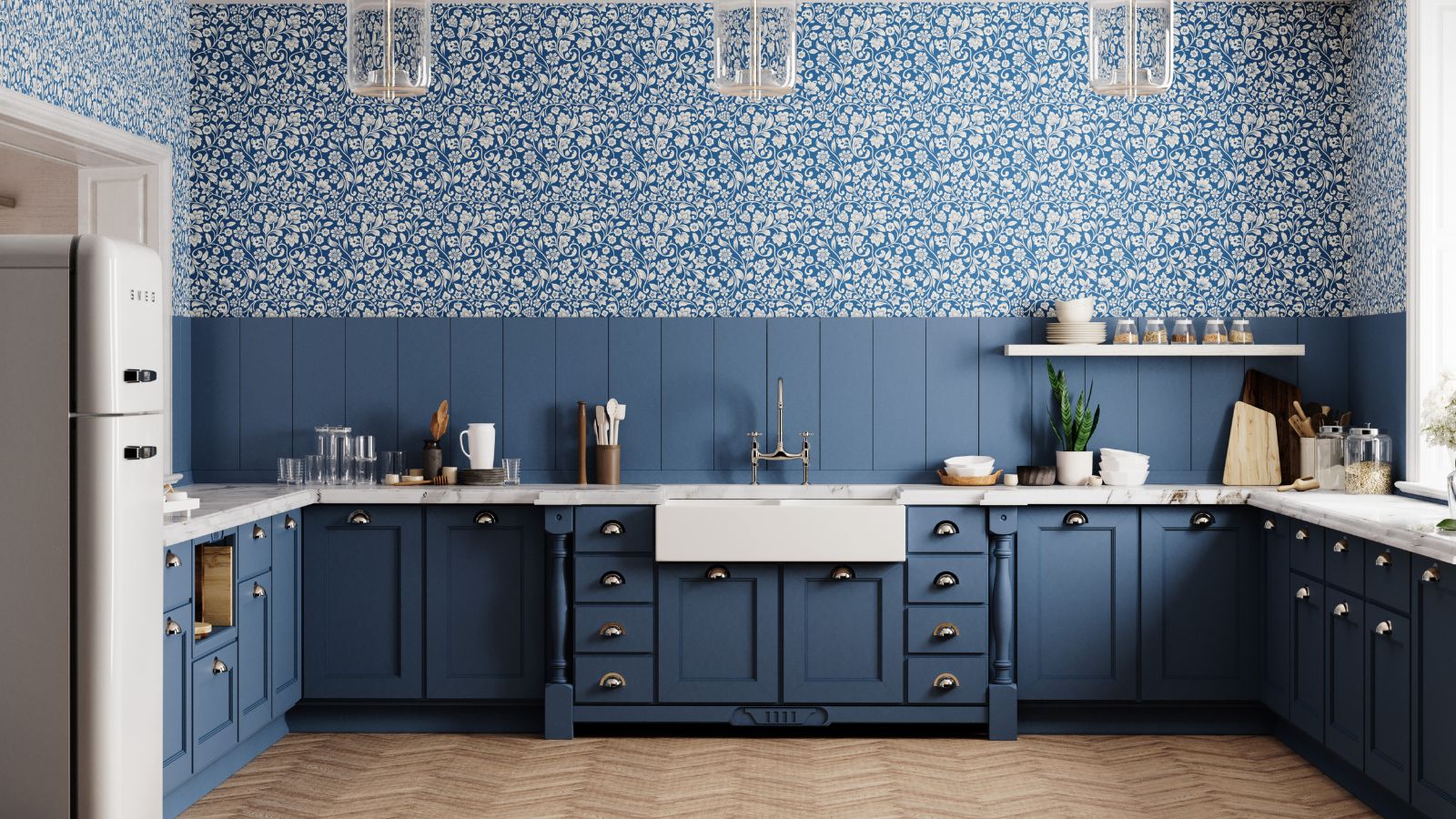 Do cleaning products expire? Professional cleaners warn time could make them ‘less effective, and in some cases, irritating to use’
Do cleaning products expire? Professional cleaners warn time could make them ‘less effective, and in some cases, irritating to use’For the best results, it pays to stay on top of the timeline of your cleaning products
By Chiana Dickson
-
 How to clean a patio – 6 different methods, and when you must use a chemical cleaning agent
How to clean a patio – 6 different methods, and when you must use a chemical cleaning agentFrom manual scrubbing, natural solutions or calling in the pros, industry experts reveal the benefits and considerations of each method
By Andy van Terheyden
-
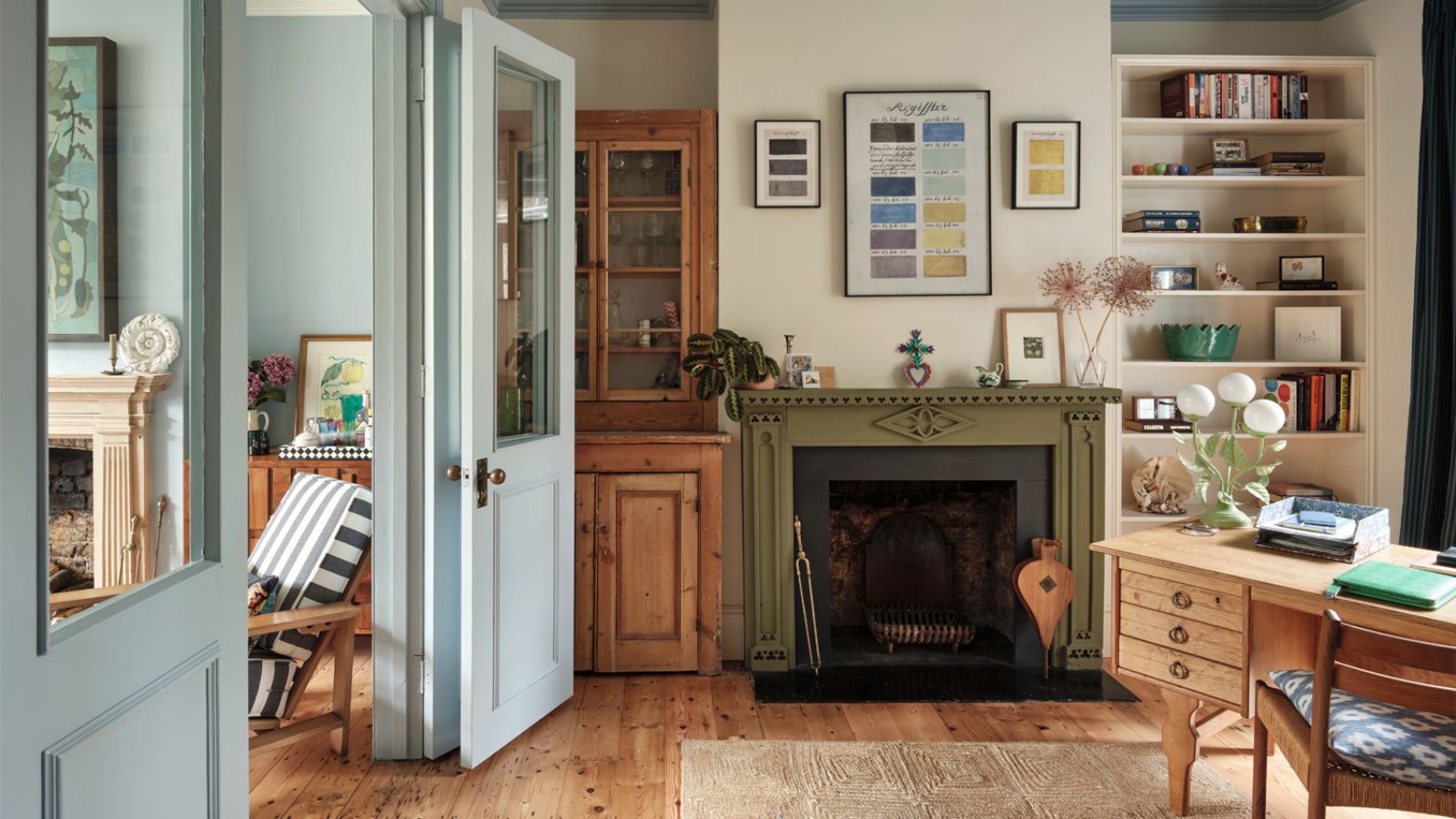 5 surprising but brilliant ways to clean with old socks – from perfectly buffing stainless steel to deterring pests naturally and more
5 surprising but brilliant ways to clean with old socks – from perfectly buffing stainless steel to deterring pests naturally and moreTackle dust in tricky corners, clean your mirrors and even banish bad odors with those rogue single socks
By Andy van Terheyden
-
 5 things people with clean upholstery always do – they're simple, quick and oh-so-effective
5 things people with clean upholstery always do – they're simple, quick and oh-so-effectiveEnsure your furnishing looks clean year-round with these expert tips
By Seraphina Di Mizzurati
-
 'Wick away the ick' – 6 things people with clean laundry rooms always do to make this hardworking space shine
'Wick away the ick' – 6 things people with clean laundry rooms always do to make this hardworking space shineThese tips on how to clean your laundry room will banish grime
By Seraphina Di Mizzurati